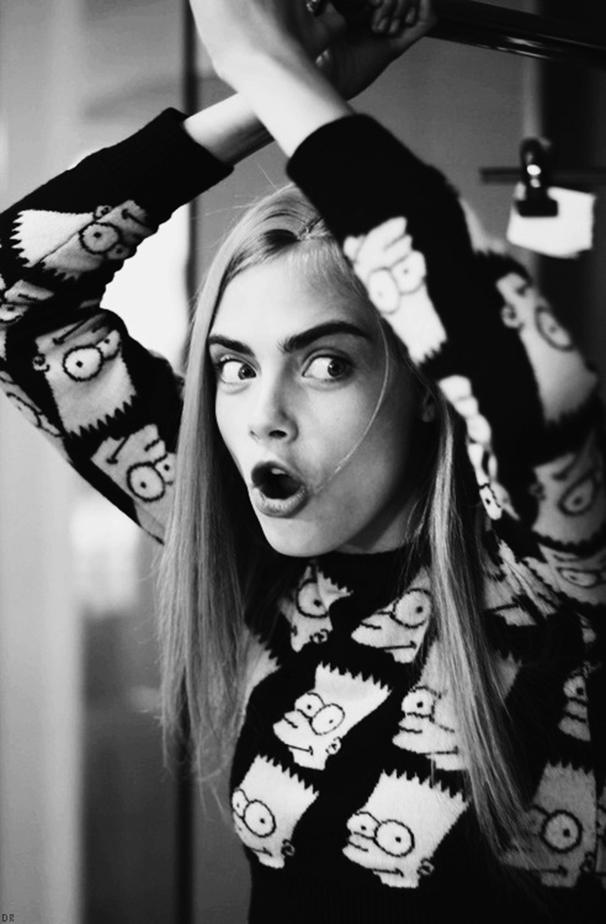
The ever-changing nature of the modeling industry is made evident in the contrast between the earliest supermodels, who appeared in the mid- to late-20th century, and the models who now appear on runways and magazine covers. Comparing Twiggy to Tyra Banks brings about a host of differences between the status of the model then and now.
In the past, models established their names and reputations through their physical image and the iconic collections they represented. As one of the first supermodels, Jean Shrimpton’s fame was primarily based on the London’s Swinging ’60s style and miniskirt fad she was known for wearing. During the ’30s and ’40s, Lisa Fonssagrives was the poster girl for French couture, known for her face, body and the designs she modeled.
The way people think of models today, however, is quite different. Cara Delevingne’s Instagram page has 4.5 million followers and her Twitter account has 1.5 million followers. These numbers demonstrate that the public is now interested in not only what models look like, but also what they do and say when they are off the runway.
The craze associated with the world’s most famous supermodels is nothing new — each generation has a few that are always in the spotlight. Yet the reason Delevingne’s social media accounts have become so popular is not because of a particular fashion phenomenon, but rather because of her personality. Delevingne’s tweets consist of bits of wisdom, such as her recent post that read, “To define is to limit.” When reflecting on Twiggy’s legacy, one is more likely to recall her signature eyeliner than her words.
Karlie Kloss is another model that took the fashion industry by storm, beginning her career at only 13 years old. Kloss, now 21, has appeared on the cover of Vogue 12 times. She is another model known just as much for her voice as for her looks — she has already come out with her own Frame Denim Collection for Taller Girls and also has a large social media following with over 800,000 followers on Instagram.
Unfortunately, this new generation of models who are communicating more than just their trademark physiques has left many skeptical about the merits of looking up to models. The age-old phenomenon of idolizing someone whose profession is to pose for a camera, often in impractical outfits, is undeniably harmful for women who may be haunted by their inability to achieve the culturally worshipped size 0 figure and rich-girl aesthetic. The question is whether this trend of celebrity models will widen public interest in the industry’s consideration of personality, not just image, or if it will only serve to further cement the unrealistic standards of beauty.
A version of this article appeared in the Wednesday, March 5 print edition. Maggie O’Neill is a contributing writer. Email her at [email protected].





















































































































































